Growing saffron in a greenhouse is not economical
A natural resources engineering researcher said: Lorestan should move towards saffron cultivation in low-yield rainfed lands.
Rasoul Darvishian said: Unfortunately, people are busy attracting people’s thoughts by publishing information about growing saffron in the greenhouse, with very high advertising costs and high profit promises.
He added: It is natural that most people tend to get more products in a smaller space with less cost and effort.
Dervishian pointed out: Unfortunately, these profiteers pretend to create jobs and entrepreneurship, while this large-scale method is not economical to remove or buy onions every year at a high cost and keep them at a high price until the end of September. Arrange in a tray or box under appropriate conditions and place on a shelf.
The natural resources engineering researcher said: Also, after harvesting the flowers, if the weather conditions allow, we can return them to the ground at a higher cost (because if they do not return to the ground, the onion will not reproduce, and in fact after flowering. Disappears).
The other claim of these people is that if the onions are large, we will produce more stigmas, he said. If the onions are large, the same result will be obtained in the ground with a principled and scientific method of planting, and it has nothing to do with Cultivate land or greenhouse.
Darvishian pointed out: In Lorestan, there are people who have adopted the principle and scientific planting method and have harvested 25 kg per hectare.
The senior expert in natural resources engineering said: Profiteers take money from people by holding a greenhouse saffron cultivation workshop and leave them in the hope of God; Finally, if farmers do not respond to this plan, their response is that the onion is not large or the conditions are not well observed.
He continued by stating that Lorestan has the ability to cultivate this plant in rainfed conditions: Considering that 75% of the agricultural lands of the province are rainfed, the applicants should be guided to this position and create employment and entrepreneurship.
Darvishian stated: Lorestan has the capacity to become a hub for the production of quality saffron in Iran and the world.
This senior expert in natural resources engineering said: Because the province’s rainfed arable lands are suitable for saffron cultivation, more attention should be paid to this issue, because in the country only in Lorestan cultivation was done under rainfed conditions and was fruitful, so due to suitable climatic conditions. This province should move towards saffron cultivation in low-yield rainfed lands.
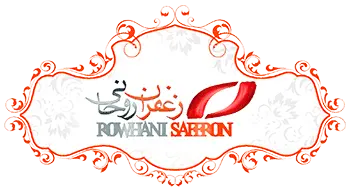
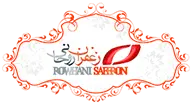
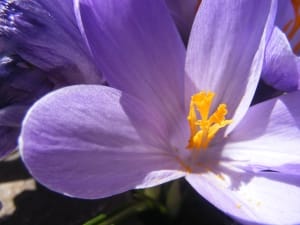
![Exporting Saffron to Turkey + Price Guide [Complete 0 to 100]](https://www.rowhanisaffron.com/wp-content/uploads/f1-372-500x383.jpg)
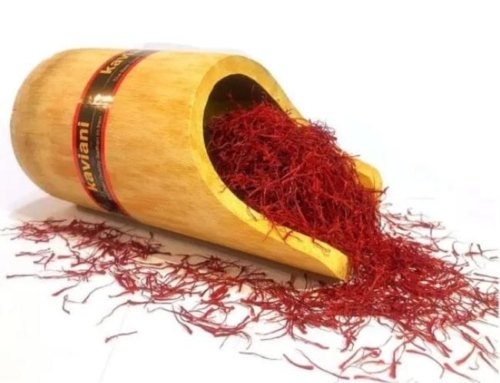

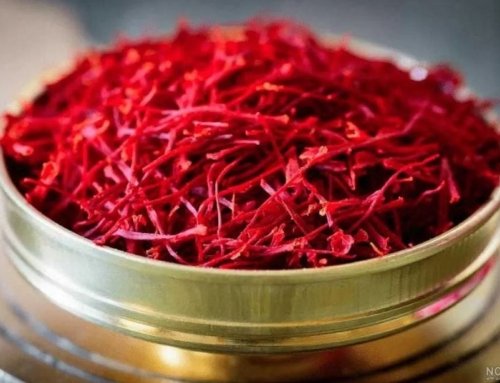
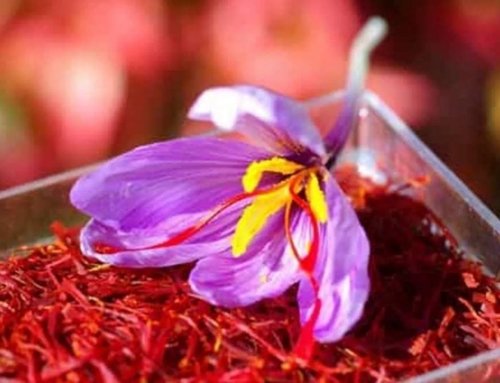
Get Social